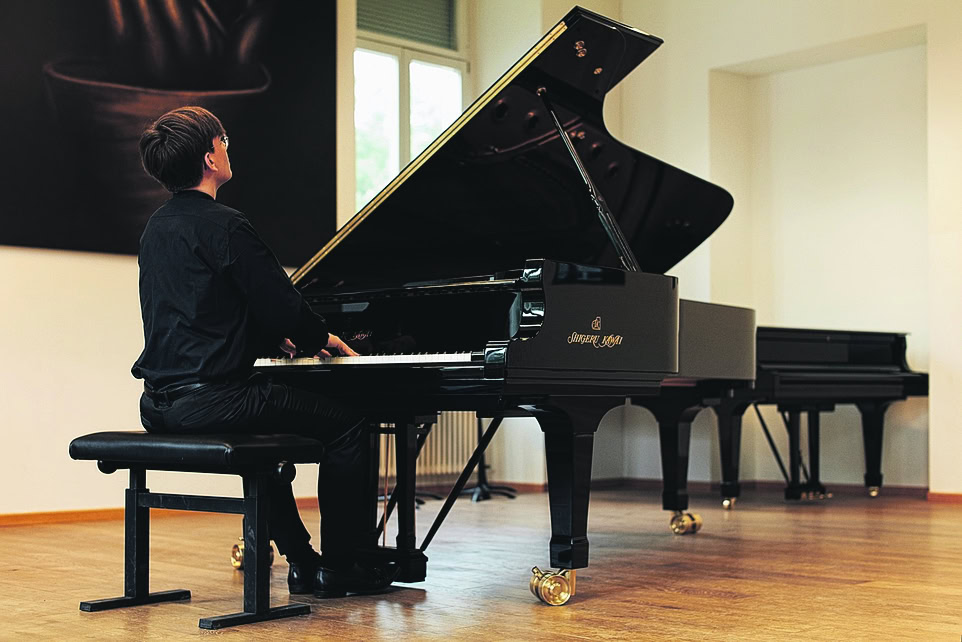Instrument playing alone is not always to blame
Playing an instrument can put considerable strain on the musculoskeletal system. Even if making music appears to be the most relevant part of the strain, in-depth research is sometimes worthwhile.

It is quite natural for a violinist, for example, to initially attribute pain while playing to the instrument. There are more than enough sources of error. Small deviations in posture, in the modulation of muscle tension or at the delicate contact point between body and instrument have far-reaching consequences.
In every musician's everyday life, however, there are other activities that put strain on the musculoskeletal system. Working at the computer or in the garden, sporting activities or housework - all of these activities can be performed more or less carefully and can also trigger pain in the musculoskeletal system. At this point, therefore, we would like to talk about a completely inconspicuous source of pain: the sleeping position.
During a consultation, a violinist reports pain in her neck that has been present for years and radiates into her right arm. The pain is normally only troublesome in phases with frequent long rehearsals, especially of course in connection with particularly demanding pieces. Clarifications and adjustments regarding posture and instrument position were made repeatedly. They also had a positive effect.
Over the course of the last year, there have been repeated phases in which the musician has felt electrifying twinges in her arm. This symptom has occurred more frequently in the last two weeks and is also the reason for the consultation. The main finding during the examination is a reduction in strength in the triceps muscle - as an expression of an impairment of the seventh cervical nerve root.
The patient's descriptions contain no obvious indications of an important role for sleeping position. Pain that is particularly severe early in the morning or nocturnal position-dependent pain could be such signs. Only the remark that the right arm used to fall asleep at night even more than it does today draws attention to sleep.
I always take a sleep history, especially in the case of long-term complaints that do not improve sustainably despite adequate treatment. I also often ask people to show me the sleeping positions they have adopted. This is of course a very uncertain area, as we move around a lot more at night than we think. Who can say what position they sleep in during the deep sleep phases?
Our violinist has a habit of holding her right arm up when sleeping on her right side and also overstretching her head. This can have a negative effect on the space for the nerve roots as they exit the spinal canal. Because she only uses a very flat pillow, her head is also overstretched when lying on her back. This also has an unfavorable effect on the already limited space between the nerve roots and vertebrae.
Preventing or changing a sleeping position is not easy. As we can only exercise conscious control during waking phases, other tricks are needed. I usually recommend attaching a disturbing object to the pyjamas on the side to be avoided. A spray can lid that is placed in a sock and then pinned in place with a safety pin fulfills this function well. In this way, the affected person immediately turns away from the problem position and not only when a painful irritation of the nerves forces a change of position.
In our patient, this way of controlling her sleeping position and the use of a slightly higher millet pillow had a very direct effect on her progress. Within three weeks, there was a steady improvement. The decisive factor is obviously that by avoiding the nocturnal nerve irritation, physiotherapy can now bring about not only short-term but also lasting changes.
Dr. med. Christoph Reich-Rutz, Zurich
Specialist in rheumatology and manual medicine
> www.christophreich.ch








